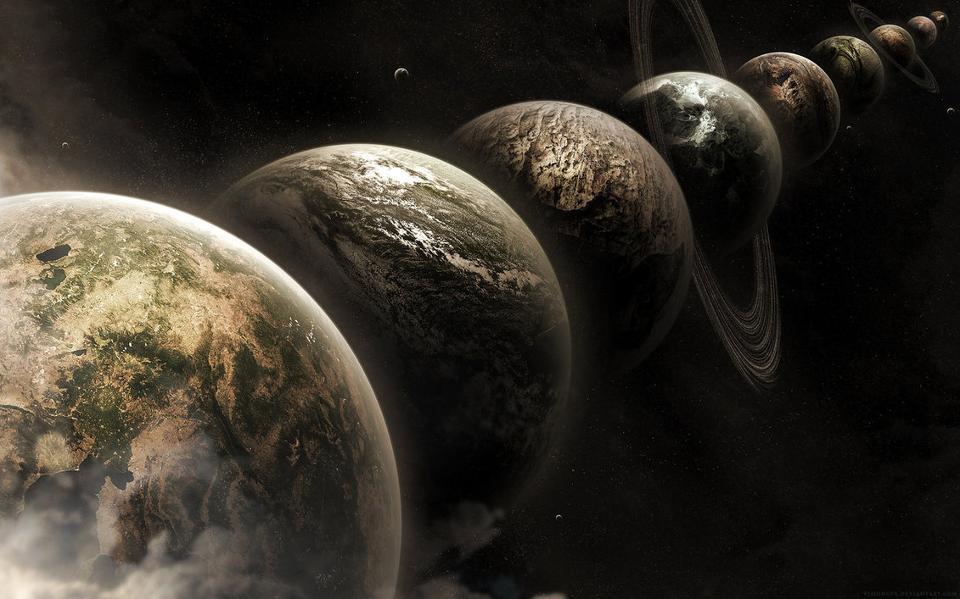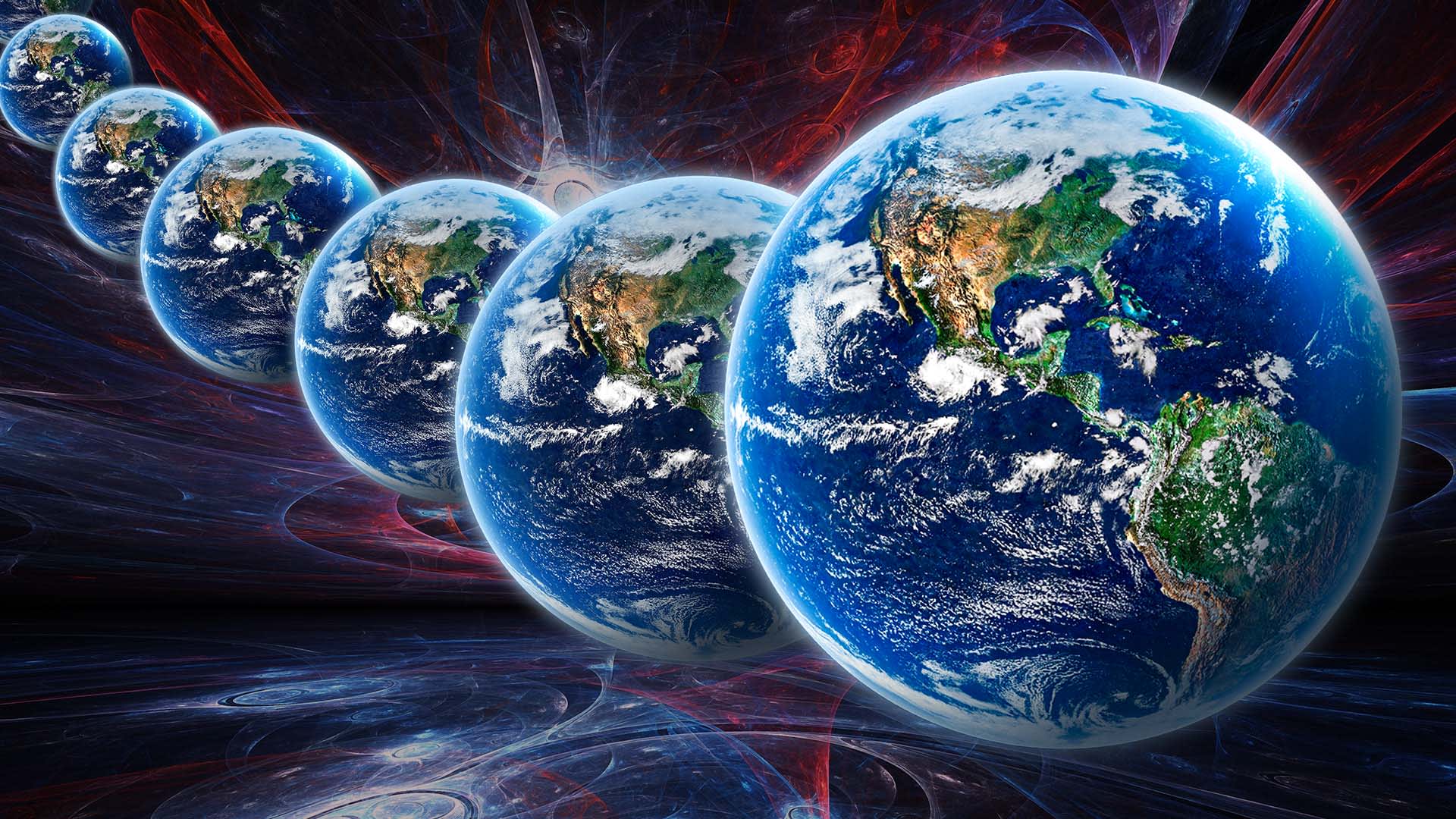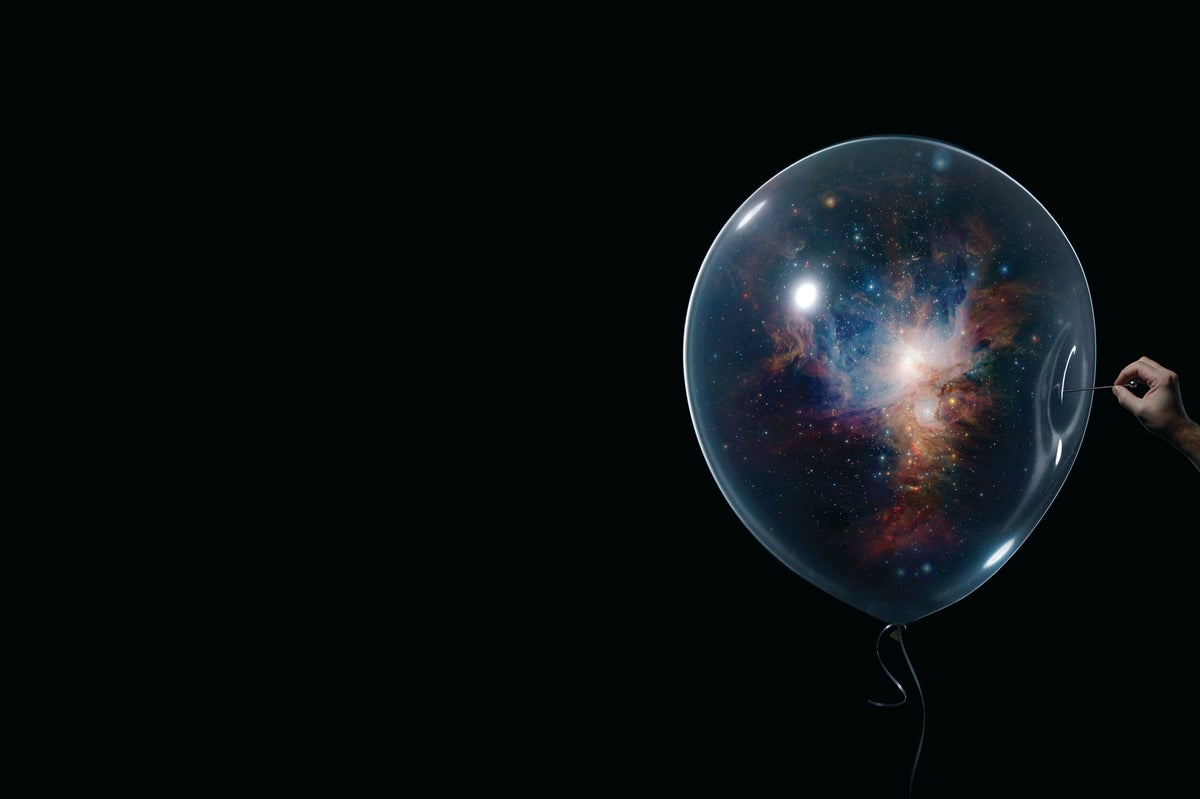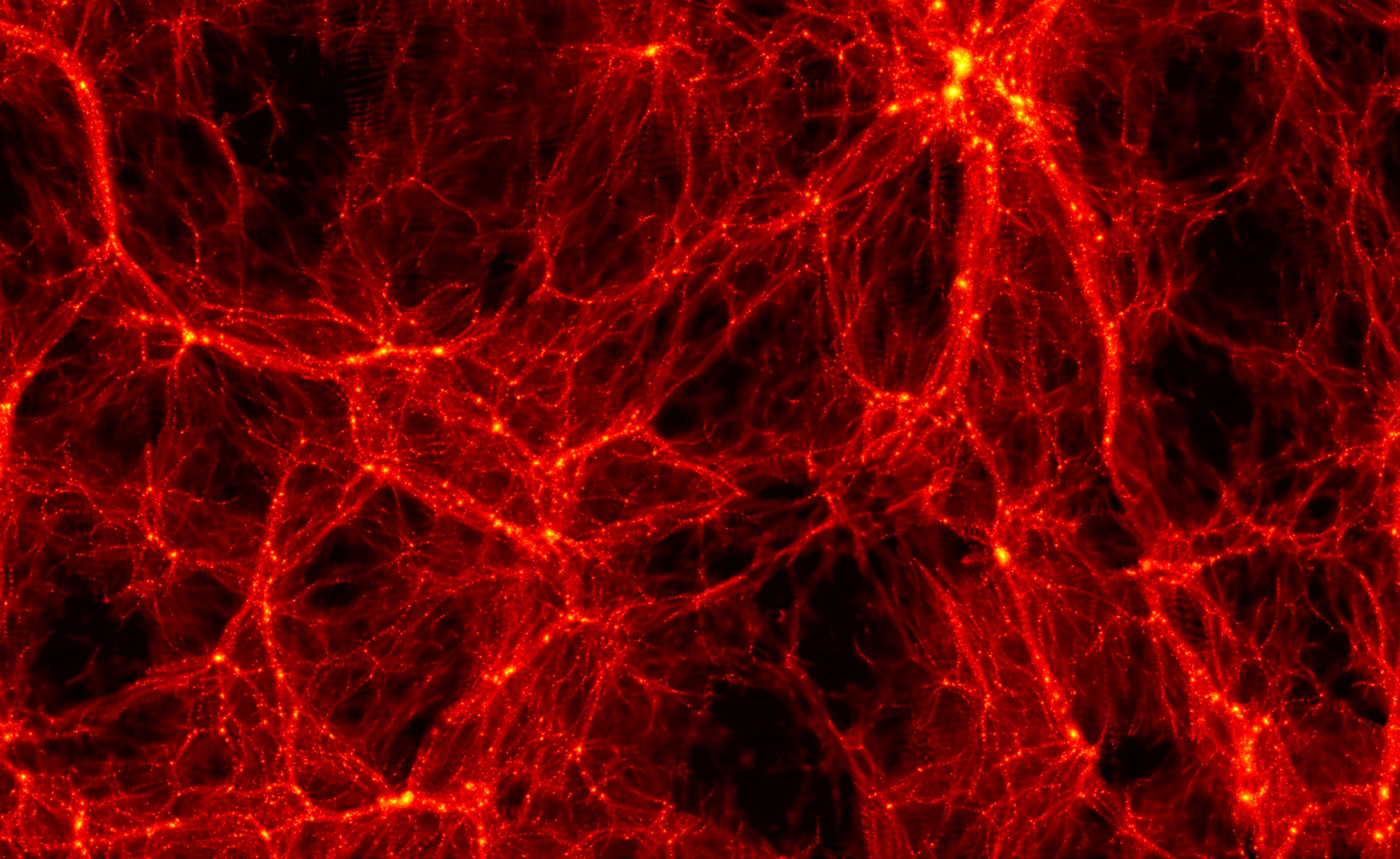Exploring Parallel Universes: Theoretical Physics and Multiverse Theory
Have you ever wondered what lies beyond our universe? Is there more to reality than meets the eye? These are questions that have intrigued humans for centuries. While we may not have all the answers, theoretical physics offers a fascinating concept that explores the possibility of parallel universes: Multiverse Theory.
Imagine a vast cosmic tapestry, where each thread represents a separate universe with its own set of physical laws and constants. This is the essence of the multiverse hypothesis, a concept that challenges our conventional understanding of reality and opens the door to a myriad of possibilities. But what exactly is a parallel universe? In simple terms, it's a hypothetical universe that exists alongside our own, with its own unique properties and inhabitants. These universes may vary in subtle or profound ways, from minor differences in the arrangement of particles to entirely different fundamental forces governing their existence.
One of the key aspects of multiverse theory is its origins in quantum mechanics and cosmology. Quantum mechanics, the branch of physics that deals with the behaviour of particles at the smallest scales, suggests that particles can exist in multiple states simultaneously until they are observed, leading to the concept of parallel realities. On the other hand, cosmology explores the large-scale structure and evolution of the universe, providing insights into the possibility of multiple universes beyond our own.
A famous example of parallel universes comes from the theory of cosmic inflation, which proposes that our universe underwent a rapid expansion in its early stages. According to this theory, different regions of space could have expanded at different rates, creating bubble universes that are disconnected from each other. Within each bubble universe, the laws of physics could vary, leading to a diverse array of possible realities.
But why is multiverse theory relevant, you might ask? For one, it offers a new perspective on some of the most perplexing questions in physics, such as the nature of dark energy, the origin of the universe, and the existence of life elsewhere in the cosmos. By considering the possibility of parallel universes, scientists can explore alternative explanations for observed phenomena and push the boundaries of our understanding. Moreover, multiverse theory has captured the imagination of both scientists and the public alike, inspiring countless works of science fiction and sparking philosophical debates about the nature of reality. From novels and movies to television shows and video games, the concept of parallel universes has become a recurring theme in popular culture, reflecting our fascination with the unknown and the infinite possibilities it entails.

But perhaps the most compelling aspect of multiverse theory is its potential to revolutionize our worldview. By embracing the idea of parallel universes, we can transcend the limitations of our own perception and envision a cosmos that is far more vast and diverse than we ever imagined. It invites us to contemplate the existence of other civilizations, alternative histories, and even versions of ourselves that took different paths in life.
Consider, for instance, the concept of the "many-worlds interpretation" in quantum mechanics, which suggests that every possible outcome of a quantum measurement actually occurs in a separate branch of reality. In this view, every decision we make, and every event that occurs, spawns a new universe, branching off into infinity. It's a mind-boggling concept that challenges our intuitive notions of causality and determinism, yet it offers a tantalizing glimpse into the complexity of existence.
Of course, the multiverse theory is not without its sceptics and critics. Some argue that it falls outside the realm of empirical science, as it deals with phenomena that may never be directly observable or testable. Others raise philosophical objections, questioning the coherence of a reality composed of infinitely many parallel universes. And yet, despite these challenges, the allure of exploring parallel universes persists, driving scientists to probe ever deeper into the mysteries of the cosmos.
In conclusion, the study of parallel universes represents a captivating journey into the unknown, blending cutting-edge science with philosophical speculation and imaginative exploration. Whether viewed as a theoretical curiosity or a profound insight into the nature of reality, multiverse theory invites us to ponder the infinite possibilities that lie beyond our grasp. So the next time you gaze up at the stars and wonder what lies beyond, remember that the universe is vast and full of wonders, waiting to be discovered. Are we just one of countless threads in the cosmic tapestry, or are we part of something far grander and more complex than we can imagine? Only time will tell, but one thing is certain: the exploration of parallel universes has only just begun.
So, dear reader, I invite you to join me on this journey of discovery, as we delve deeper into the mysteries of the multiverse and unlock the secrets of existence itself. Who knows what wonders await us in the vast expanse of parallel universes? Let's find out together.




:max_bytes(150000):strip_icc()/GettyImages-122375105-57e688145f9b586c35e3669a.jpg)


Comments
Post a Comment